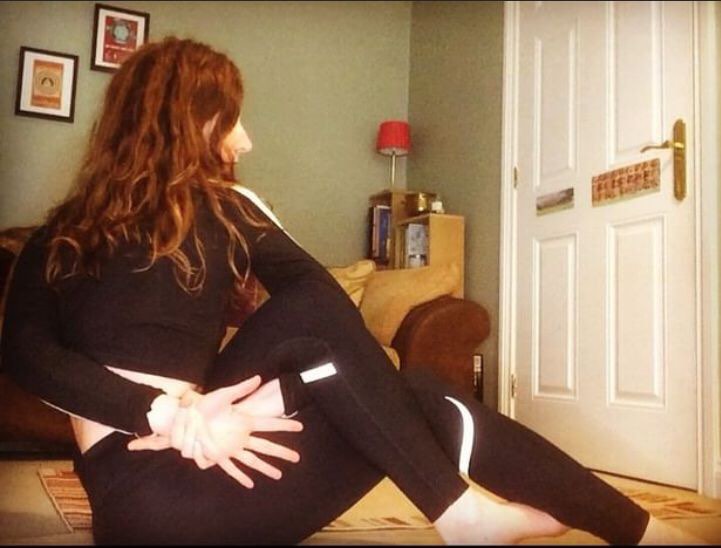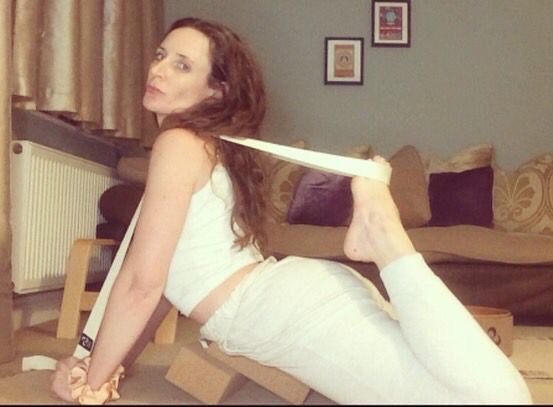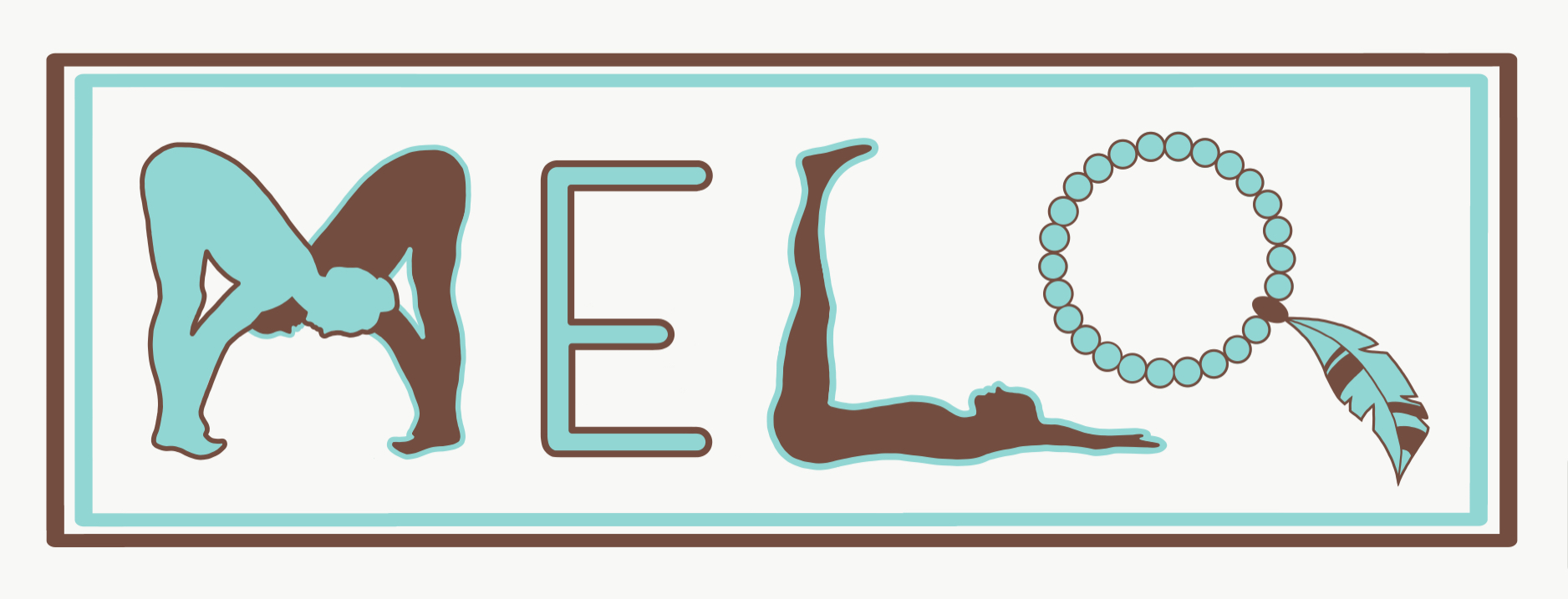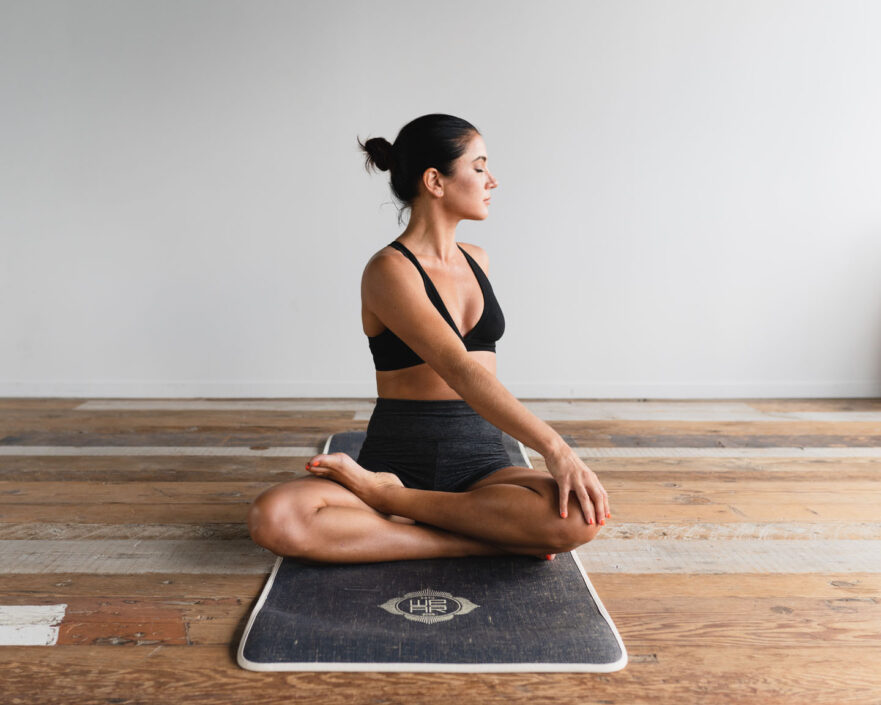Introduction:
Previously, we have focused on the more commonly requested forms of pain. Our natural thinking is to divert our attention to the major muscles, like the back. However, today’s article centers on how yoga can help with neck pain – something often overlooked considering it affects roughly 2 out of 3 people in the UK.
Through the use of scientific study and tested yoga practices, let’s hopefully find a way of relaxing your disgruntled neck!
The causes for neck pain:
Initially, the causes of neck pain may seem ambiguous. But, many basic tasks in life can lead to a disgruntled neck. The NHS states, the two most common ways are from 1) The neck is placed in an awkward position whilst sleeping. 2) Bad posture, which can be brought about by sitting at a desk for too long.
Bad posture and awkward sleeping positions could be attributed to anyone. It may not feel instant, yet over time these repeated actions cause the muscles in the neck to strain and stiffen. As a result, it can make things such as just turning your neck feel like a chore! For our previous article on how yoga can help bad posture click here.
Does yoga help with neck pain?
Simply put, yes yoga can help with neck pain.
At least one study found that 20 minutes of daily Simplified Kundalini Yoga (SKY), provided pain relief and functional improvement for neck pain. A key ingredient to solving chronic pain is also communication. Communicating with your yoga teacher is the best way to tailor exercises specific to you.
Another study found that performing five asana poses daily, for 12 weeks, helps with pain relief for those with chronic neck and back pain. Fortunately, you can do this through 20 minutes of daily yoga.
Yoga is not a set prescription, flexibility is the strength of performing yoga. Learn as you go on, the poses your body positively responds to and release some tension from your neck as you travel that journey.

Seated Twist Pose 
Sphinx 
Locust (or Infant in yin)

Cow Pose 
Cat Pose 
Fancy Bow
Conclusion:
In conclusion, yoga is just one method of helping with neck pain. A few tips to help out are:
- Don’t force yourself into any position that causes great discomfort.
- Joining a local class or online guided class may help with improving technique.
- Try be more mindful of your daily posture.
- Speak to a yoga practioner before performing any fast-moving yoga.
For a simple, easy 12-pose routine to follow from Healthline, click here.

